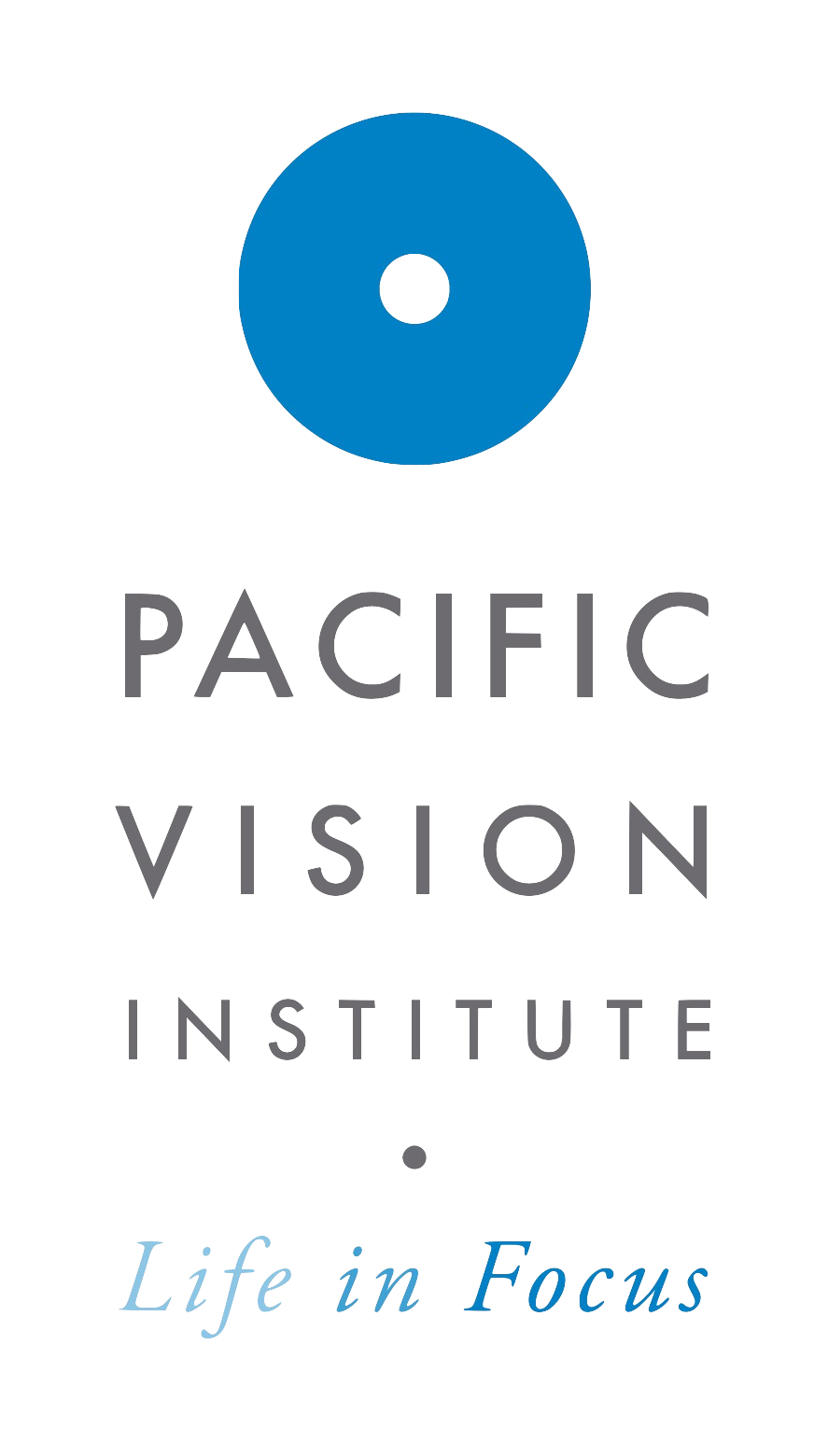Common Misconceptions About LASIK Eye Surgery
LASIK is the most popular and, in many cases, the most suitable and effective treatment for a wide variety of common vision problems. Some patients, however, have misconceptions about the procedure that can prevent them from seeing it as the life-changing procedure it can be. Is LASIK for everybody, without exception? No. But it is often an excellent treatment option, if not the best treatment option, for patients in need of corrective eye surgery. Thus, in this article, we will look at some of the most popular misconceptions about one of the most popular refractive eye surgeries of all time.
Myth No. 1: LASIK is only for young people
Truth: There is no upper age limit restriction to LASIK eye surgery. The only age-related requirement is that LASIK patients must be at least 18 years old. Outside of that simple requirement, patients in their 20s, 30s, 40, 50s, 60s, and even 70s routinely get LASIK and have excellent and long-lasting results. And while deliberating and researching to make the best possible choices for you is important, don’t let age concerns stall you for too long, since the longer you go without eye surgery when it’s needed, the more likely you are to experience additional problems that may prevent you from having LASIK altogether.
Myth No. 2: LASIK is a new treatment whose long-term track record is unknown
Truth: The first instance of performing surgery like LASIK dates back more than 45 years, to 1974. Modern LASIK techniques were invented in 1989 and approved within the United States in 1998. Because the research, theory, and practice upon which LASIK rests dates back to the 1940s, the procedure has an immediate track record of at least 23 years and a longer substantive history of more than 45 years. So while it’s technically true that we can’t predict what will happen for LASIK patients 50 or 75 years from today, we can undoubtedly extrapolate out from definitively known data that LASIK patients have a long and healthy life of superior vision to look forward to. The fact is that LASIK has more supportive clinical literature, investigations, and real-world applications than many other commonly performed medical procedures or devices since poor vision is something that affects so many people. Thus the procedure has been performed enough times to acquire incredible amounts of clinical data.
Myth No. 3: LASIK hurts
Truth: LASIK is usually painless, and the procedure begins with numbing drops that help you feel almost nothing. The discomfort you’ll experience after the procedure lasts a few to several hours at most. The mild postoperative discomfort associated with LASIK is certainly worth going through for most patients for its long-lasting positive effects.
Myth No. 4: You could go blind with LASIK
Fact: There are exactly zero cases on record of a patient having gone blind due to LASIK or complications from a LASIK procedure. While one cannot in good faith make a blanket promise that going blind is an absolute impossibility due to the LASIK procedure, just as one couldn’t say death is impossible due to medically necessary or elective surgery. The fact remains that even though almost ten million LASIK procedures performed since 1999, it has yet to happen. Studies have shown that patients are more likely to go blind due to a severe contact lens infection than LASIK eye surgery.
Myth No. 5: LASIK isn’t forever
Fact: The results that LASIK obtains are permanent. This misunderstanding comes from the fact that other conditions may affect the eyes that necessitate additional corrective procedures in the future with age-related changes. Because LASIK only changes the shape of the cornea to aid in correcting vision, it doesn’t automatically prove your eyes up to be able to withstand any possible eye problems for the rest of your life.
And that does it for the most common myths concerning LASIK eye surgery, and we hope this has helped you see the issues more clearly. On a positive note, you’ll be pleased to know that the satisfaction rate of LASIK is 96 percent, with 99 percent of patients achieving 20/40 vision or better and 90 percent of patients achieving better than 20/20 vision.
If you’ve ever wondered about anything else related to LASIK, don’t hesitate to reach out. We’d love to help you achieve your vision goals with LASIK or another corrective eye surgery if it is indicated as the best treatment option for you personally.
